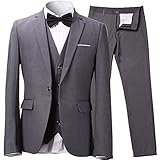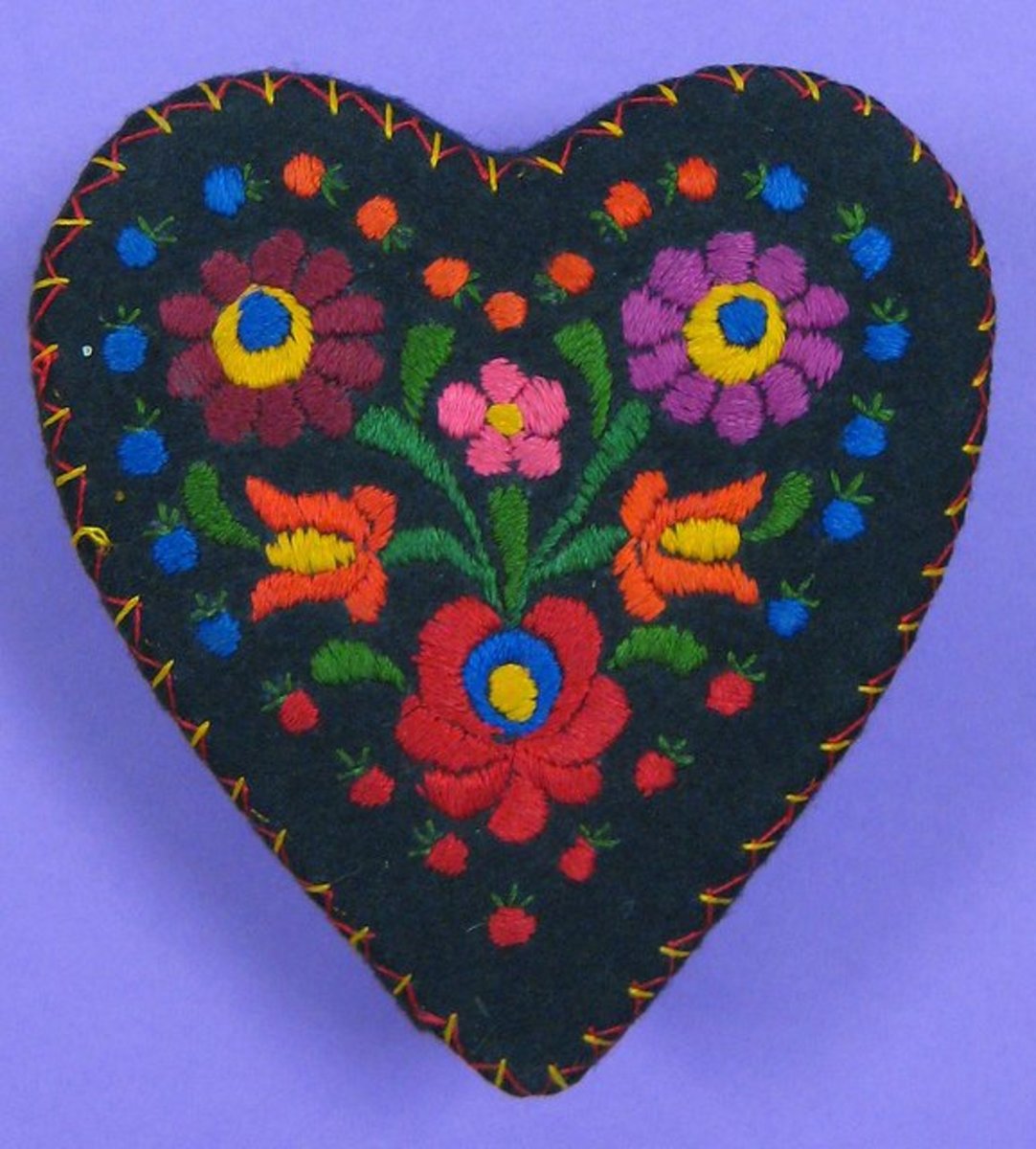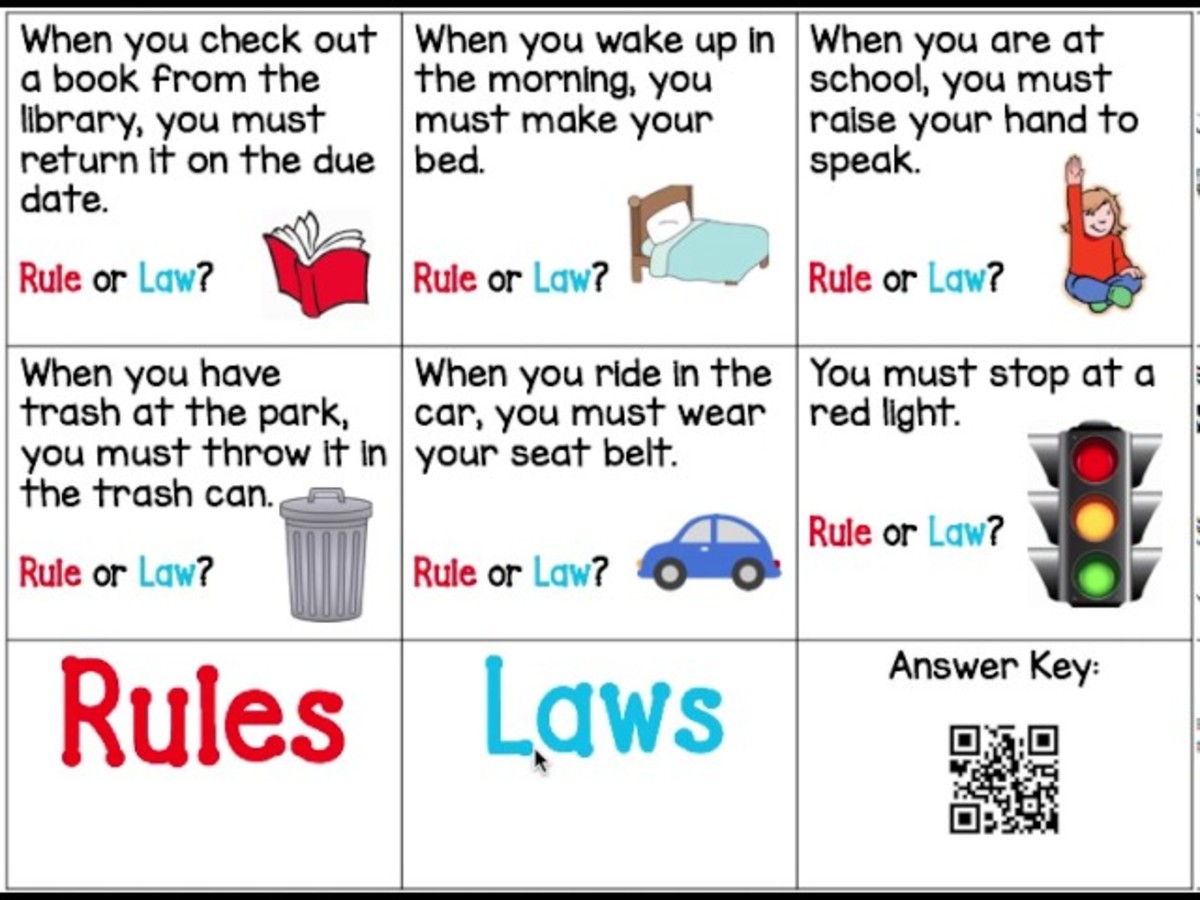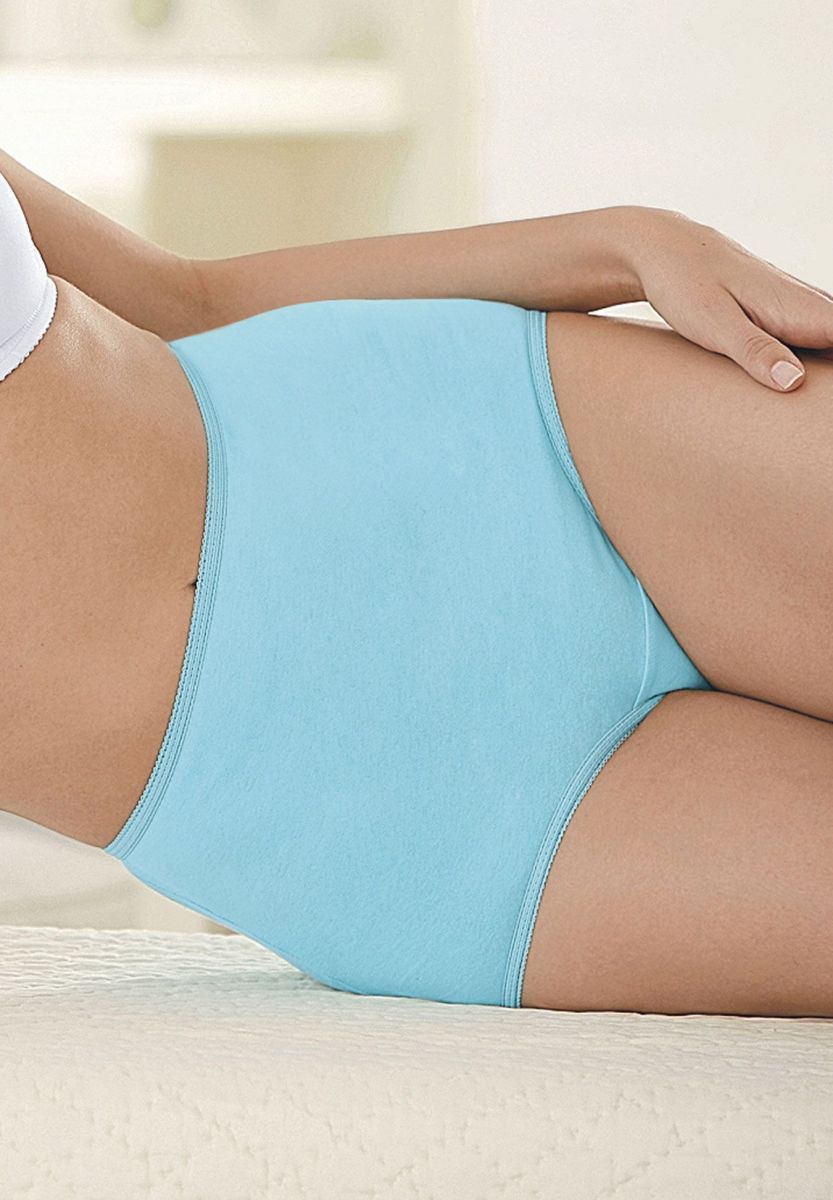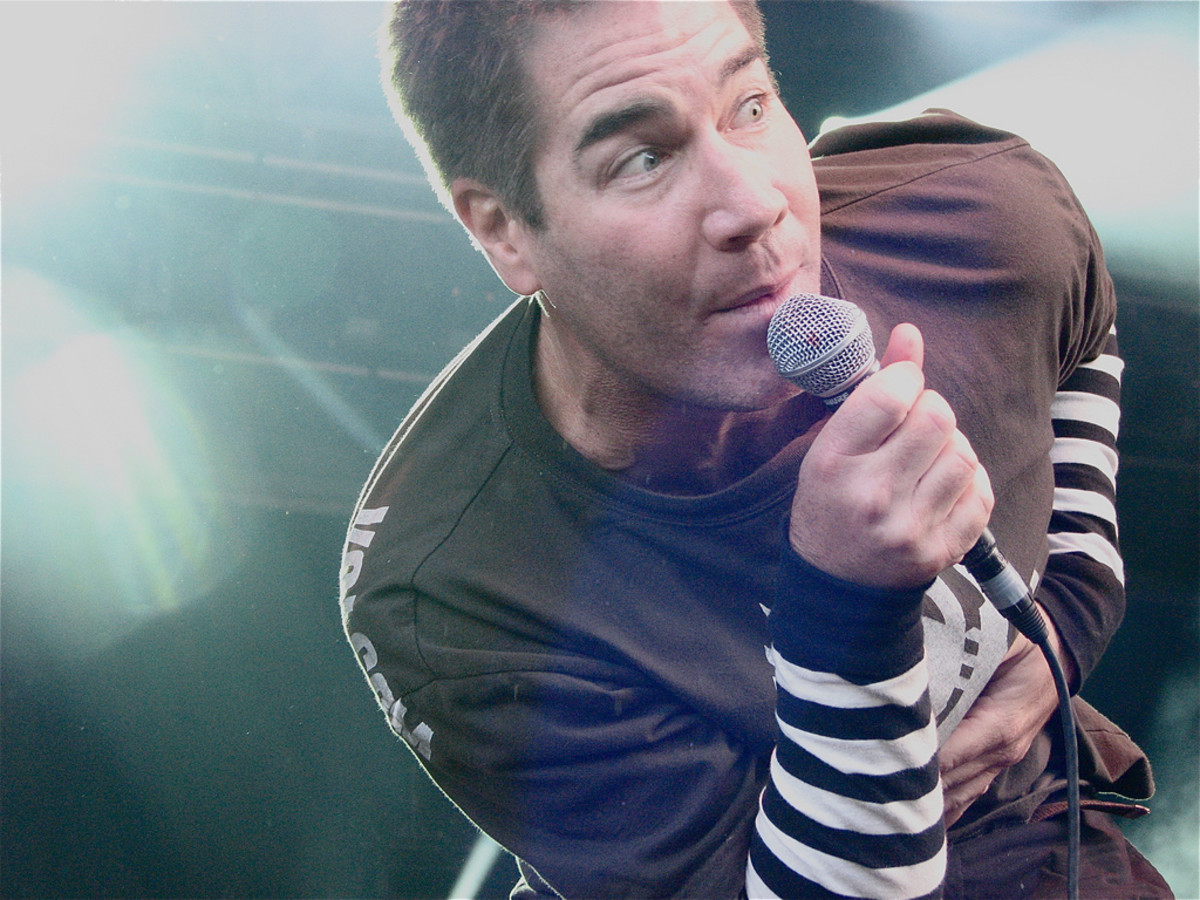- HubPages»
- Fashion and Beauty»
- Clothing»
- Men's Fashion & Clothing Styles
How to Wear a Suit - Simple Tips to Look Your Best
The Art of Wearing a Suit
The art of wearing a sharp men's suit has dwindled in the past decade, but nothing speaks of pride, power and style than a well-dressed man in a suit.
A suit remains the staple of the male wardrobe and has seen very little changes in style over time, minus the fashion-forward bold colors and patterns that arise annually. Every man should know how to purchase a suit.
Even though the suit remains a go-to to businessmen and formal event-goers, very few know how to finish a suit from head-to-toe.
Wearing a suit is like selecting features on a new BMW sports car. Sure, the basic model performs great, but adding tinted windows, modern rims and a technologically advanced leather interior separates it from the rest of the pack.
Knowing how to pair the rest of your outfit with a suit can transform the average "Joe" into a handsome, powerful human being.

The Foundation of Color
Every suit collection should start with a foundation of blue, black and charcoal suits. These suits complement almost all individuals and are most widely accepted in business and formal affairs.
Blacks
Black suits make for a very formal and powerful outfit. Black pairs well with nearly all colors in a variety of spectrums. Black suits will make most men look slimmer. They will also help a young gentleman appear older, as opposed to blues. Black suits are the obvious choice for formal events due to its similarity with the classic tuxedo.
Blues
Blue suits may be among the most common color suits on the market, but men should be aware of the different shades of blue. Navy blue suits are standard and add a bit of elegance and tradition to the wardrobe. Lighter shades of a navy blue can highlight youthfulness in one's features, so young men should limit their color selection to the dark navy blue hues.
Charcoal/Grays
Charcoal suits are an excellent choice for young me because they are versatile and can be paired with both blacks and browns given their lightness. Lighter gray suits share a similar role in lighter blue suits by giving a sense of youthfulness to their wearer.
Browns
Brown is another excellent choice for a suit and could be considered as a secondary "go-to" color. Traditionally, brown was not considered a color accepted in business, but the workplace has changed and can be an acceptable color. Brown can be worn all-year round, especially in for lighter shades in the summer.
Whites and Bold Colors
Whit is slowly making its way into the picture as a "modern formal" color, but should be avoided in most cases. Whites are great for extremely formal weddings, but should be left as the color of choice for the bride and groom. Bold colors can be fun, but in general should be avoided. One can showcase their personality equally as well through a shirt and tie.
Note about skin tone
Most of the suggestions are based on contrasting color theories. The dark blues, blacks and charcoals contrast well with light skin tones. Individuals with olive or brown skin tones should choose lighter varieties to contrast.
Great Suits on Amazon
Suit Poll
What is your go-to suit color?
Patterns
Now that you have mastered the art of selecting a color, it is time to think about patterns in a suit. Selecting a pattern and dressing yourself appropriately is very simple, with a few minor rules to remember about each.
Here is the first rule of dressing in a suit: If you own three suits or less, you should only worry about plain and pinstripe patterns.
There is no reason to confuse yourself anymore than needed and selected patterns can be tricky. Outside of pinstripes, suits with patterns are considered less formal than plain. If you own more than three suits, then the following is a brief explanation of the other types of patterns.
Pinstripe
Pinstripe suits are the only patterns that are accepted in formal dress. Wearing this pattern can even be seen as unacceptable in the most traditional and formal affairs. The pinstripe is a classic pattern and is often seen as a "power" suit in the business world. The vertical stripes help make individuals taller and slimmer, but should be hardly noticeable in the suit.
Stripes
A little thicker than pinstripes, stripes always run vertical and draw the eyes up towards the face. A chalk stripe is a thinker variation of the pinstripe.
Checks
Checks come in numerous shapes and styles, and the most popular versions are plaid and the British tartan pattern. Checks are always less formal than stripes.
Glen Check
Very similar to regular checks, Glen checks are probably the most popular in suits. The pattern uses bans of stripes in each direction to give a unique texture.
Windowpane
Windowpane is another type of check that uses bold lines spaced far apart for a checkerboard look.
Herringbone and Houndstooth
Both of these patterns are very similar and case a pattern full of tiny arrows and saw-like patterns. Both of these patterns are acceptable for most occasions, but are commonly used on thicker fabrics.
Nailhead
The nailhead pattern is a series of tiny dots in a color slightly lighter than the background fabric.
There are numerous other types of suit patterns, including diagonal stripes and paisley, but are rarely seen on the market.

Two, Never Three
The three main clothing parts of the suit are the suit itself, the shirt and tie. The three different pieces can form hundreds of different combinations for just one suit and this is where most men fail miserably.
It can be difficult to pair different patterns. Do stripes match with checks? Does red coordinate with brown?
Don't worry. The simpler you keep your options, the better. The golden rule for pattern and color combination is two, never three.
What does that mean? Taking into consideration that we have three main parts of the suit (the suit, the shirt and the tie), remember that you can pair two different patterns or colors but never three.
That means that you can almost always get away with two different patterns. If you have a pinstripe suit, a plain shirt with a paisley tie will look wonderful. A plain suit with a striped shirt and nailhead tie will look equally great. The one think you can't do is combine three different patterns.
The same is true with lightness and darkness of colors. A dark suite with a light shirt and dark tie will look very formal. The only time you may be able to pull off three light or dark colors is if wear the same color twice. A black suit paired with a black pinstripe shirt and a solid burgundy tie may present a very good-looking, urban cowboy of sorts. Although choosing all dark colors would be a bold statement, it is possible.
Three Rules to Live By
Looking great in a suit is not a difficult task. Most men are just uneducated about pairing and patterns in the modern age of business casual style. Next time you are getting dressed for a formal occasion, just remember these rules as a quick reference:
- Stick to dark blues, blacks and grays
- Choose either a plain or pinstripe pattern
- Pair two patterns or color tones together, but never three

